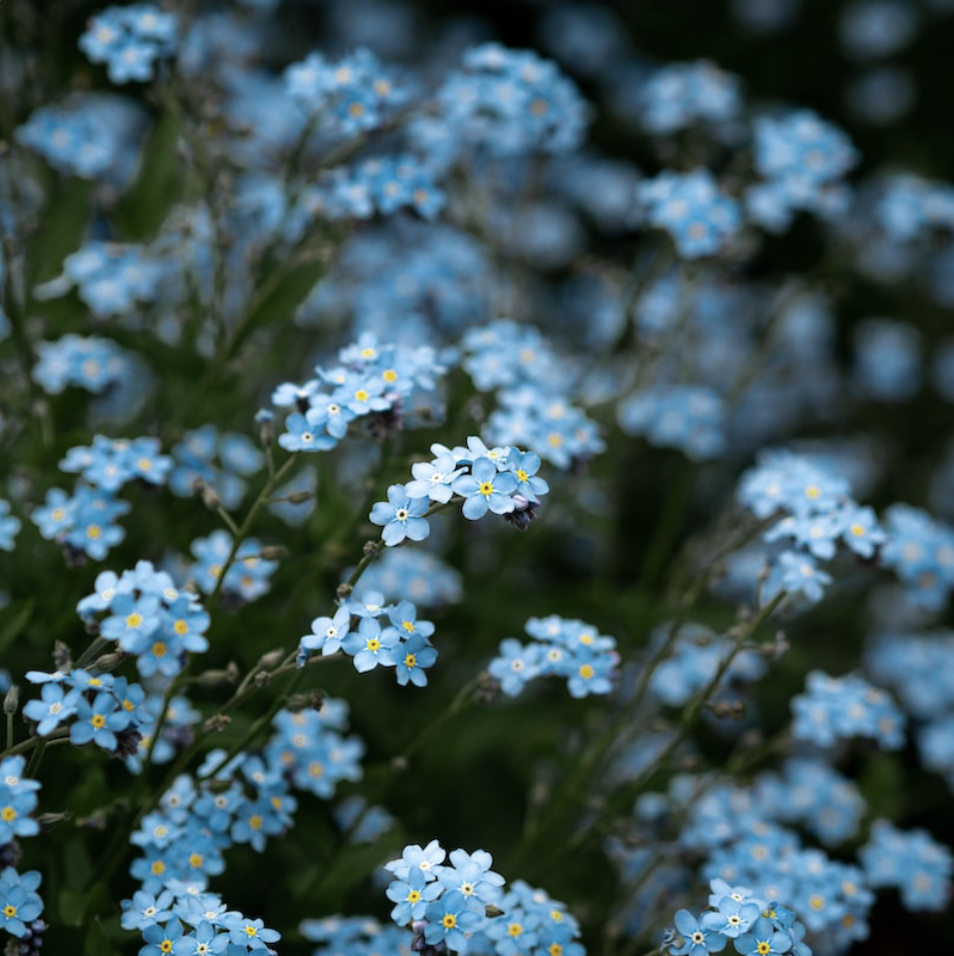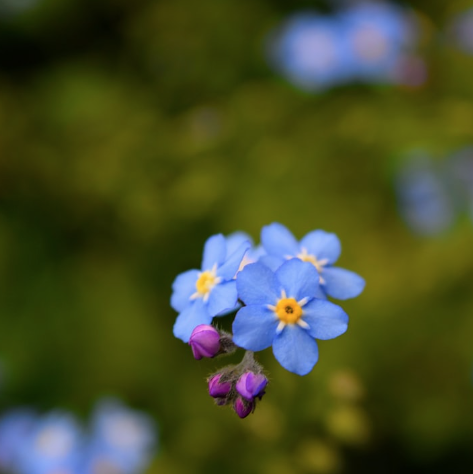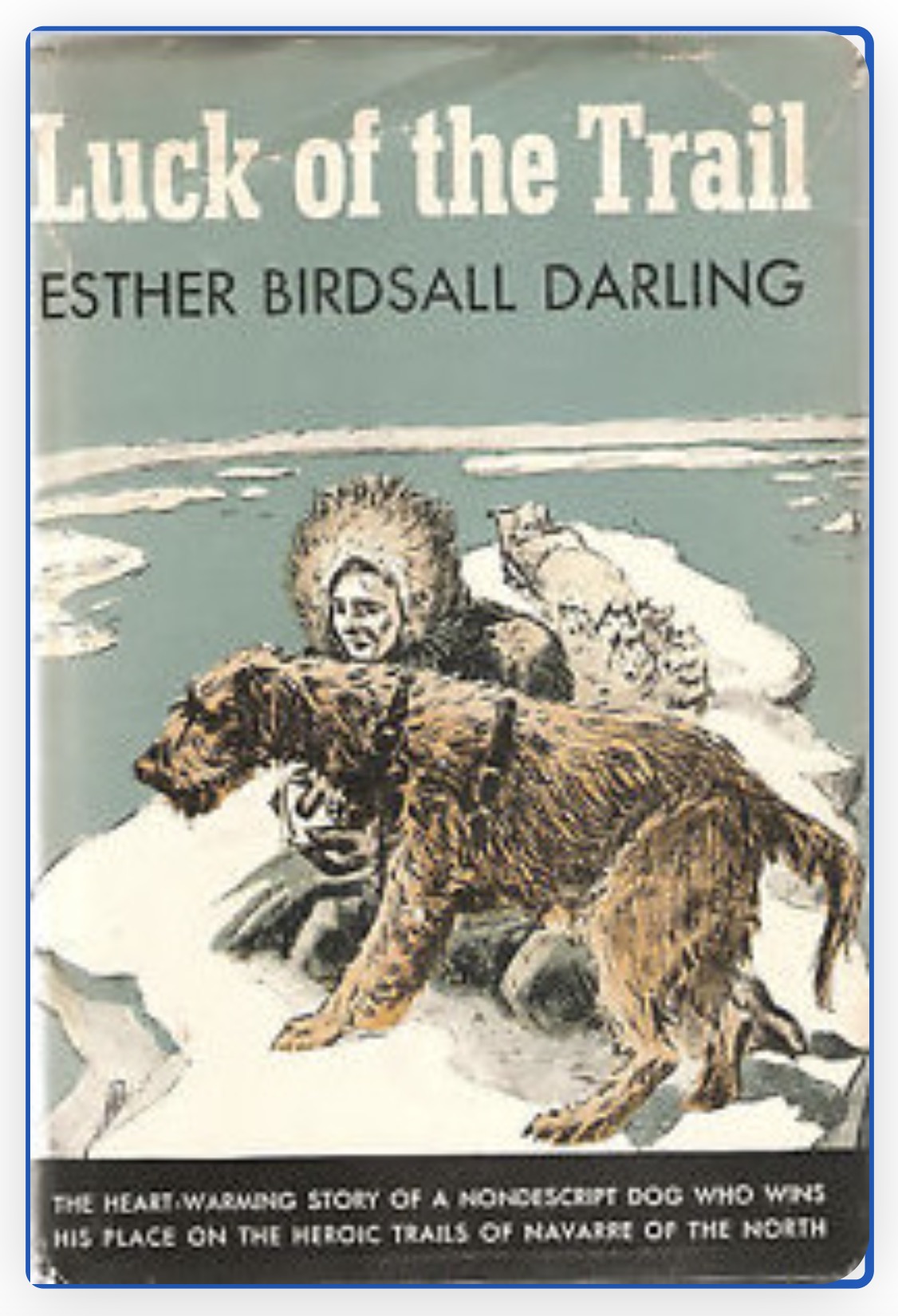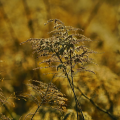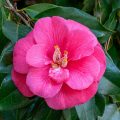The History and Lore Surrounding the State Flower of Alaska: the Forget-Me-Not
"Professor Dean gave the illustration of a country doctor who in the spring, would carry Forget-me-not seeds which he sprinkled on the waters of the streams he passed.
In time, these streams were lined with Forget-me-nots; a memorial when he was gone."
April 28, 1917
On this day, the State Flower of Alaska was adopted: the Wild Native Forget-me-not (Myosotis alpestris "my-oh-SO-tiss al-pes-tris”).
The Forget-me-not was part of the Alaskan culture long before it became the official state flower.
During the Alaskan gold rush, the men formed lodges. A lodge called the Grand Igloo selected the Forget-me-not as the lodge emblem. Later on, women got involved with the lodge through auxiliaries.
One pioneering Alaskan woman was Esther Birdsall Darling. Esther lived in Alaska from 1907 to 1918.
She created a dog kennel in Nome and started the first sled dog race.
Esther became known worldwide when she began writing about her life in the north and her Alaskan sled dogs.
Inspired by the “Forget-me-not” legislation, Esther wrote a poem dedicated to the State’s pioneers called “Forget-me-not.” It was included in the bill put before the legislature:
So, in thinking of an emblem
For this Empire of the North
We will choose this azure flower
That the golden days bring forth,
For we want men to remember
That Alaska came to stay
Though she slept unknown for ages
And awakened in a day.
So although they say we’re living
In the land that God forgot,
We’ll recall Alaska to them
With our blue Forget-me-not.
In the bill's margins were two handwritten verses (likely written by Esther), often used as the first two verses of her original poem.
A little flower blossoms forth
On every hill and dale,
The emblem of the Pioneers
Upon the rugged trail;
The Pioneers have asked it
And we could deny them not;
So, the emblem of Alaska
Is the blue Forget-me-not.
The Forget-me-not is a member of the Borage family (Boraginaceae).
In Floriography ("FLOOR-EE-ah-grah-FEE") or the language of flowers, the Forget-me-not flower represents true faithful love, fond memories, hope, and remembrance.
In the Middle Ages, Forget-me-not was believed to be an effective treatment for scorpion bites. The buds of the flower curl like a scorpion's tail, which was thought to be a sign from nature. This is how Forget-me-not earned the common name Scorpion Grass.
Celebrated in folklore, there are many stories about Forget-me-nots.
The popular tale of how the Forget-me-not was named tells of a German knight walking by a river with his lady. When he stooped to pick a tiny flower, he lost his balance as he straightened to give the blossom to his beloved. He fell into the river and said, " Vergiss mein nicht." before being swept away.
After the battle of Water oo, the battlefield was covered with Forget-me-nots. The dainty flowers sprung up to mark the spots of fallen soldiers.
When King Richard III banished Henry of Lancaster, he chose the Forget-me-not as a rallying symbol. The flower became an emblem for his followers.
During the 20th century, Germans planted Forget-me-nots to honor the fallen and were a special remembrance after WWI.
In modern gardens, Forget-me-nots are beautiful in rock gardens and along water features like streams.
On April 26, 1951, the Vermont Standard shared an adorable story about the Forget-me-not.
Professor Leon Dean of the English Department of UVM (The University of Vermont) spoke on the subject of "Vermont Folklore."
He began by explaining that history is all about us… and that the learned historian no longer looks down upon the contributions of the local historian.
Folklore, he said, can be adapted to [the] classroom… and the student can go from folklore to local, and national history.
...Even more important are people whose memories reach back in a chain - from generation to generation.
Professor Dean gave the illustration of a country doctor who in the spring, would carry Forget-me-not seeds which he sprinkled on the waters of the streams he passed.
In time, these streams were lined with Forget-me-nots; a memorial when he was gone.
This post was featured onThe Daily Gardener podcast:
helping gardeners find their roots,
one story at a time
